Algiers the White
Explore the Hidden Streets of the Casbah and Uncover the Soul of Algiers in a Minimalist Adventure
Nestled along the Mediterranean coast, **Algiers the White** stands as a city of contrasts, where sun-bleached walls of ancient homes cascade down hillsides, glistening in the light of dawn. The labyrinthine streets of the Casbah weave through whitewashed buildings, each one telling stories of a bygone era—of pirates, traders, and conquerors. The city’s nickname, "the White," is not just a reflection of its architecture but a symbol of resilience, purity, and its strategic place between sea and sky. Algiers is a living paradox—modern yet historic, bustling yet tranquil. Its whiteness contrasts the deep blue of the sea, while its history is painted with shades of triumph and struggle. The calls to prayer echo across the rooftops, blending with the distant sound of waves crashing against the port, reminding visitors that Algiers, with its rich cultural tapestry, is a place where the past and present collide in brilliant harmony. The city is more than just its gleaming exterior. Beneath the surface lies a world of hidden courtyards, ornate fountains, and the vibrant soul of its people. Algiers the White is both a fortress and a sanctuary, a symbol of Algeria's enduring spirit, standing tall against the relentless march of time.
project type: history
Mounsif Chetitah
 This is a picture generated by ChatGPT.
This is a picture generated by ChatGPT.
Introduction
Discover the Hidden Gems of Algiers: “Algiers the White” – A Minimalist Exploration Game
I am excited to introduce “Algiers the White,” a minimalist 3D low poly game that invites players to immerse themselves in the narrow, winding streets of the Casbah of Algiers, uncovering the rich history and vibrant culture of this ancient city.
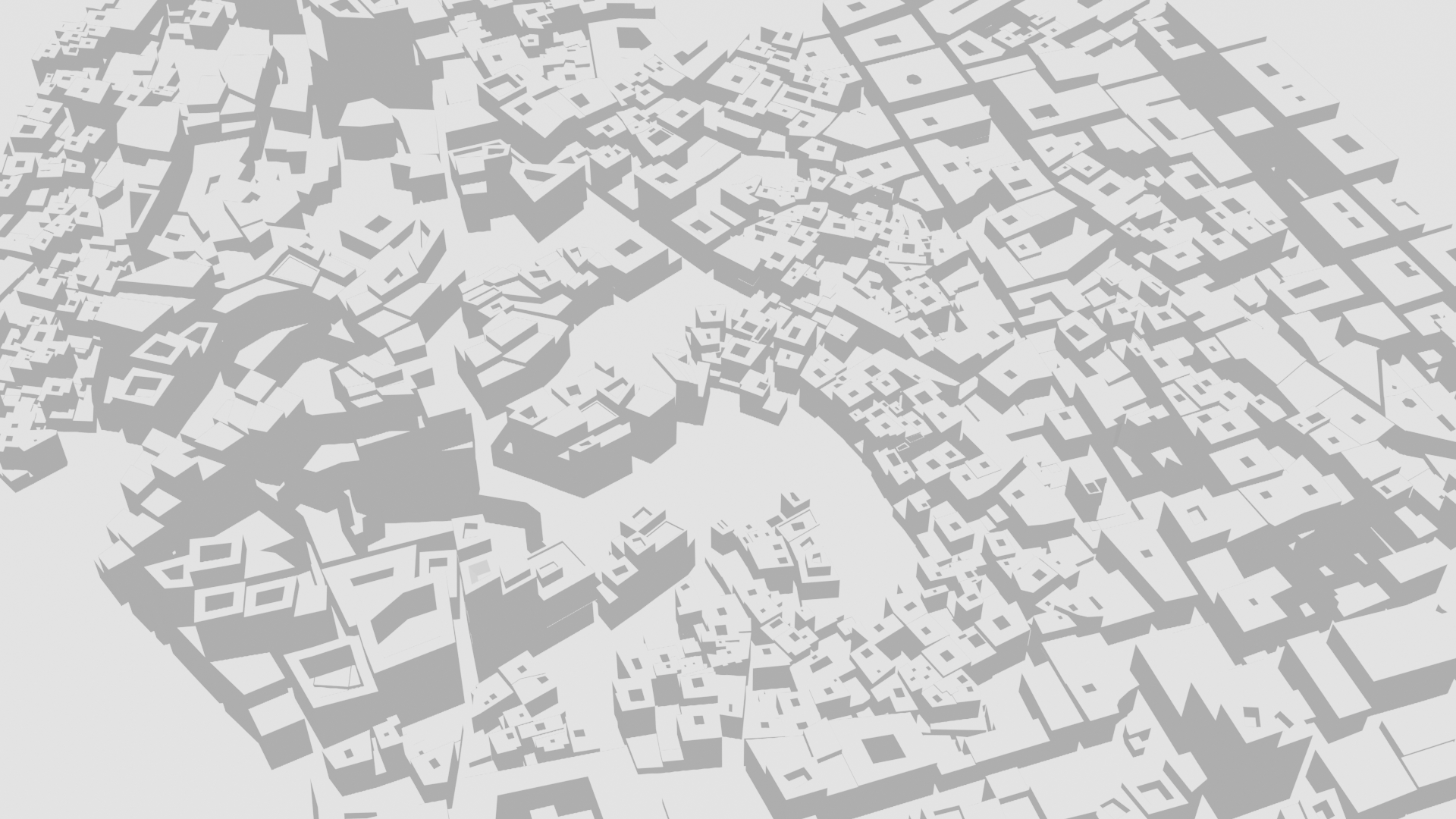
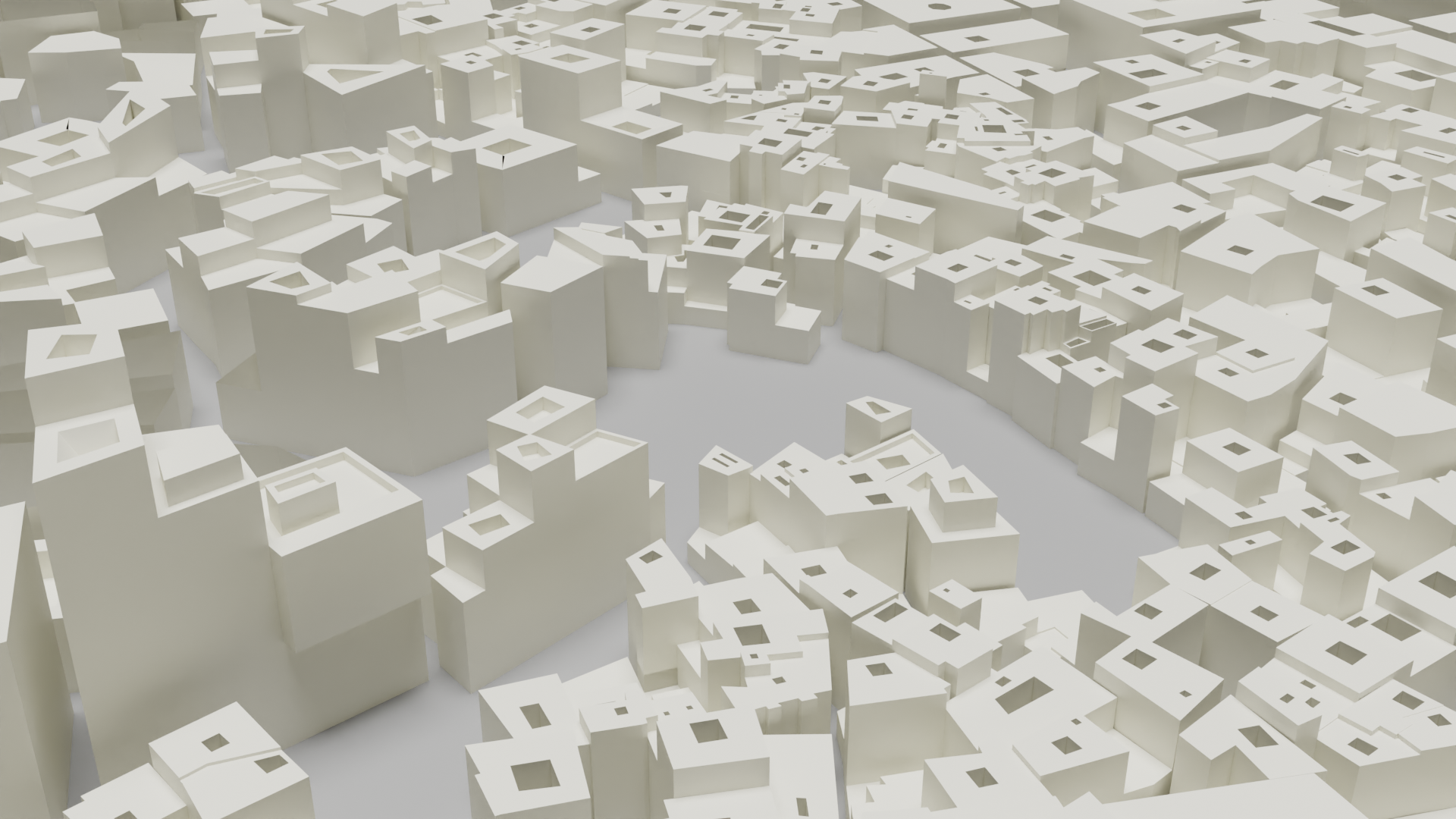
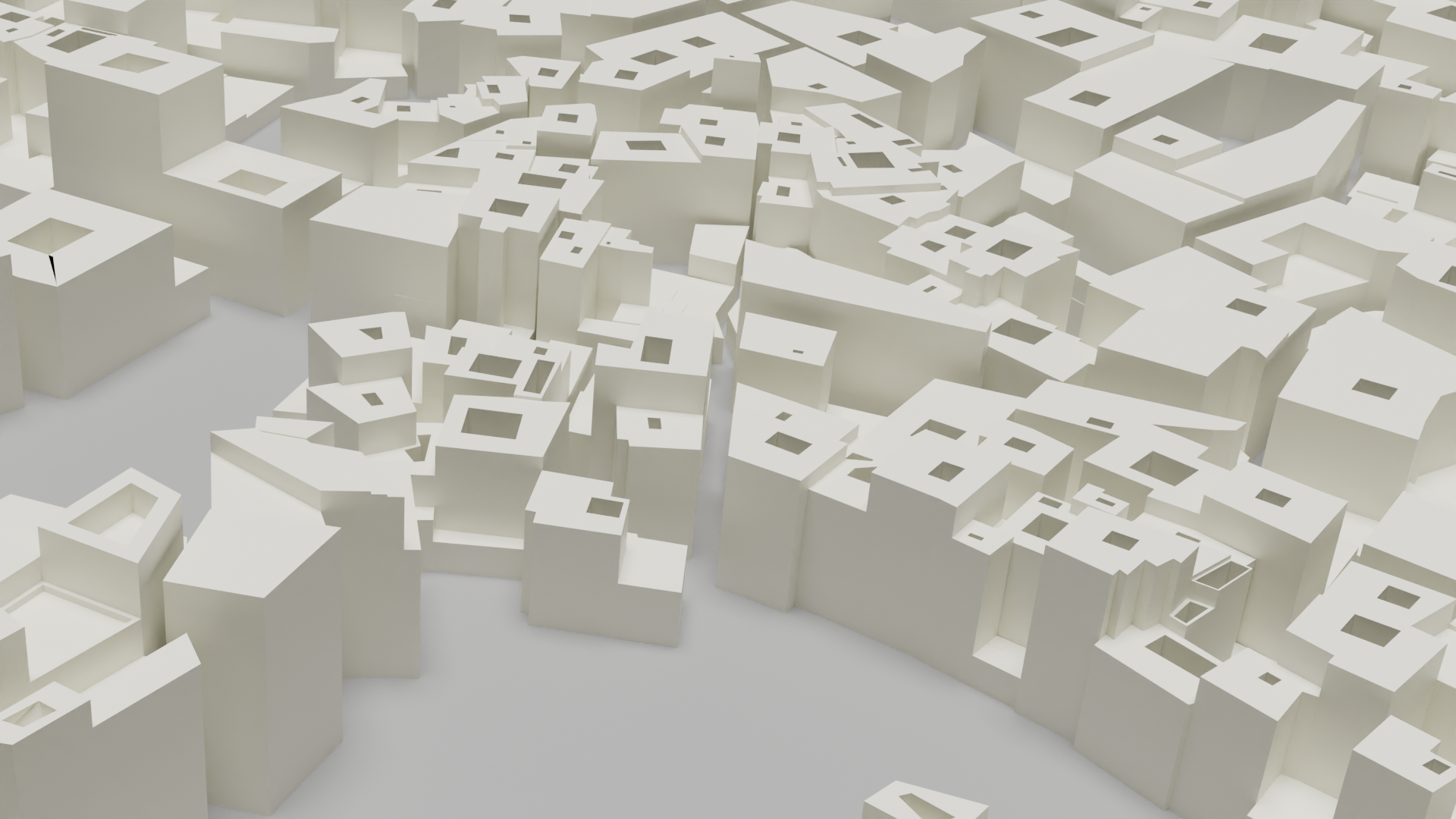
Some Related Work
Before I started diving into the different components of this project, I needed to scout a little bit the internet seeking any previous works, 3D models, attempts to discover and uncover the myteries of the Casbah. I will embed here some 3D models I found.
This first one is a 3D model by Imad Hamouda that I found on Sketchfab accompanied with the following text: “قصبة الجزائر، المعروفة باسم القصبة، تتوافق مع مدينة الجزائر القديمة أو المدينة العتيقة، عاصمة الجزائر، والتي تعدّ من مواقع التراث العالمي لليونسكو منذ عام 1992. وتقع إداريا في بلدية القصبة في ولاية الجزائر. The Casbah (Arabic: قصبة, qaṣba, meaning citadel) is the citadel of Algiers in Algeria and the traditional quarter clustered around it. In 1992, the United Nations Educational, Scientific and Cultural Organization (UNESCO) proclaimed Kasbah of Algiers a World Cultural Heritage site, as “There are the remains of the citadel, old mosques and Ottoman-style palaces as well as the remains of a traditional urban structure associated with a deep-rooted sense of community.”
In the same exploration momentum, I discovered the following wooden decoration artifact that is usually used inside the houses of the Casbah.
About the Game
In “Algiers the White,” you take on the role of an explorer wandering through the historic Casbah, a UNESCO World Heritage site, known for its whitewashed buildings, intricate architecture, and deep cultural roots. As you explore, you’ll interact with locals, solve puzzles, and collect artifacts, all while learning about the unique traditions, music, and stories that have shaped the heart of Algiers for centuries.
This is not just a game – it’s an educational journey. Whether you’re passionate about Algerian culture, a curious traveler, or someone interested in history, “Algiers the White” offers a unique blend of exploration, discovery, and learning.
Key Features
Explore the Casbah: Navigate the labyrinthine streets of Algiers’ historic district, with its beautiful low poly art style capturing the essence of the city’s iconic white buildings and rich atmosphere. Learn About Algerian Culture: Engage with in-game characters, unlock historical facts, and collect culturally significant items to deepen your understanding of Algeria’s heritage. Solve Cultural Puzzles: Experience fun and challenging quests that teach you about the customs, architecture, and traditional crafts of the people of Algiers. Minimalist Aesthetic: The low poly design is not only visually appealing but also pays homage to the simplicity and beauty of Algiers’ architecture, offering an immersive yet peaceful experience. Why I Created “Algiers the White” I created “Algiers the White” out of a deep passion for showcasing the beauty and history of Algeria, my home country. Algiers is more than just a city – it’s a treasure trove of stories, traditions, and architectural wonders that deserve to be shared with the world. Through this game, I hope to spark curiosity and appreciation for Algerian culture, making it accessible to people from all walks of life.
Join the Journey
“Algiers the White” is more than just an exploration game – it’s an opportunity to connect with the rich tapestry of Algerian history and culture. Whether you’re a history buff, a gamer looking for something fresh, or someone eager to learn about Algeria, this game is for you.
Stay tuned for more updates on the development process, behind-the-scenes content, and the game’s official release. I invite you to join me on this journey as we explore the beauty and cultural richness of Algiers together.
How You Can Support
If you’re excited about “Algiers the White” and want to see this project grow, you can support it by sharing this page with your friends, following the project on social media, and staying updated on development progress. Every bit of support helps bring this cultural exploration to life.
In this blogpost, we will also share all the steps towards designing and developing this immersive experience. From the ideation process, to the development of game mechanics and assets. The game will probably be put online for open testing while we progress in it.
Ideation Process
We want a simple boilerplate to ship very quickly and start testing with a large base of users. So, we are thinking about creating the overall environment and provide the players with nice and cool navigation mechanics.
Environment
The Casbah is known for these rectangular and cubic buildings that are very close to eachother. So, maybe we can create prefabs (this is a Unity3D term) that cover more or less the shapes that we need to recreate the decor. It is also worth noting that the Casbah grows higher and higher so the buildings are not on the same level.
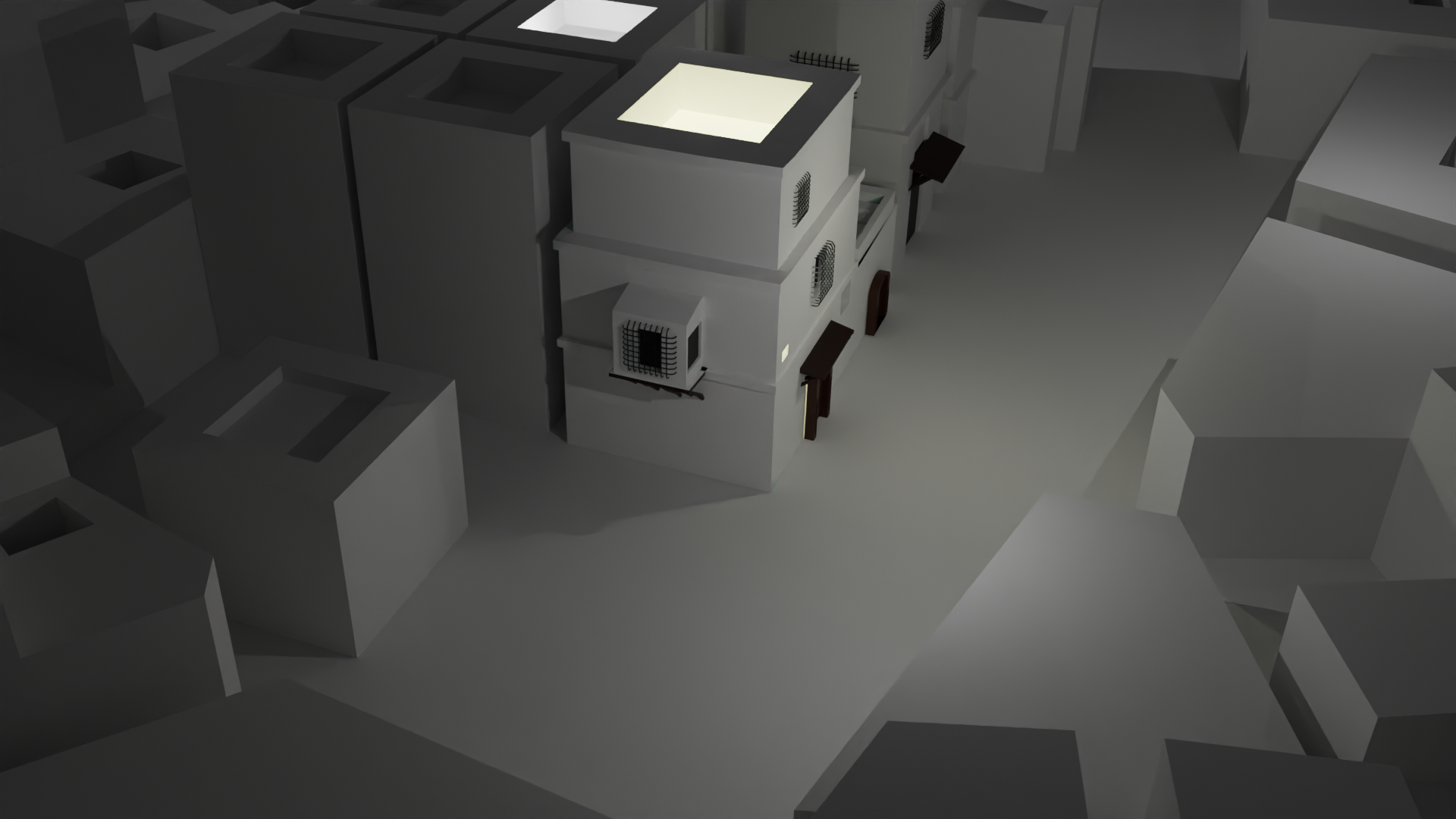
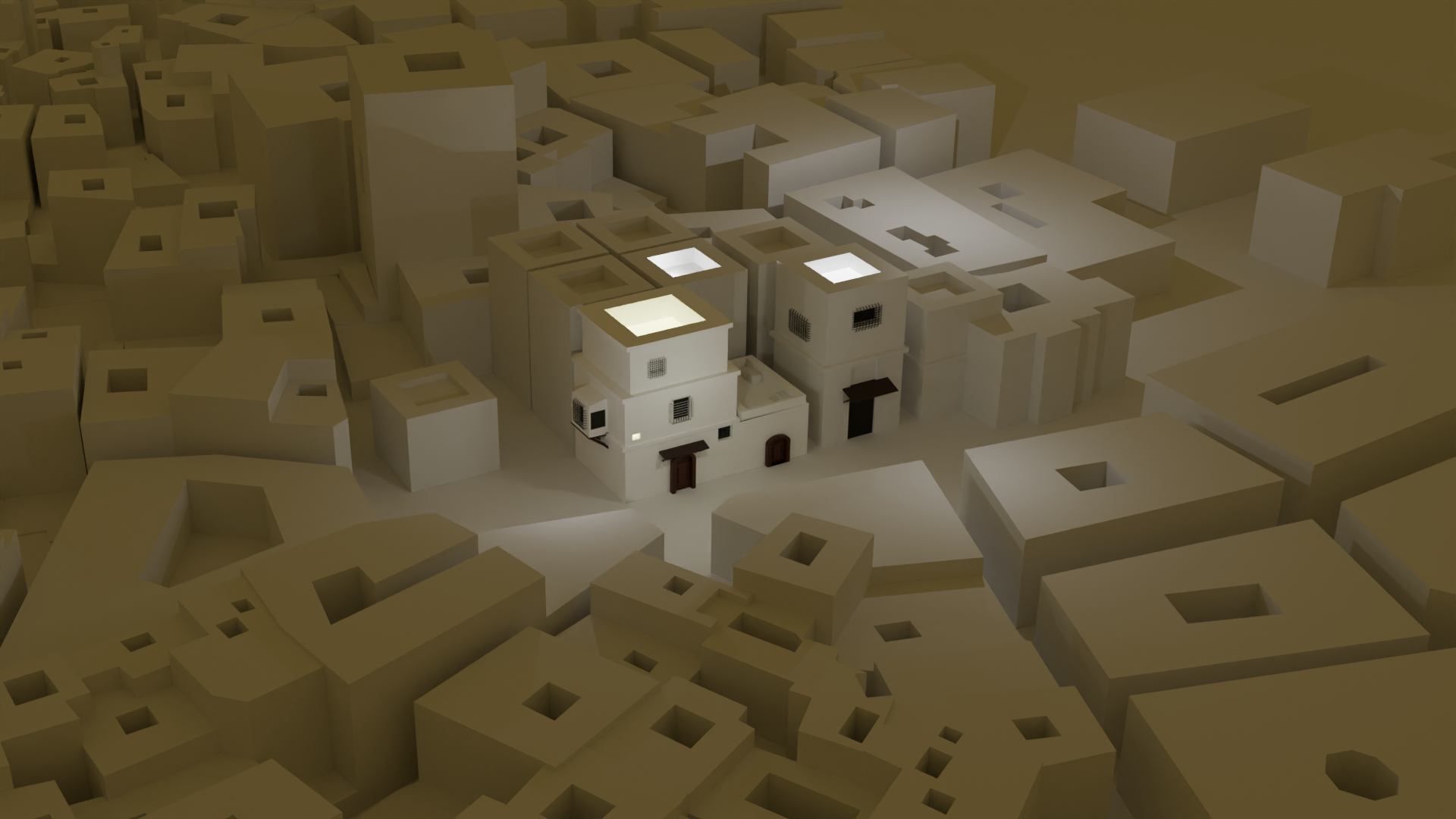
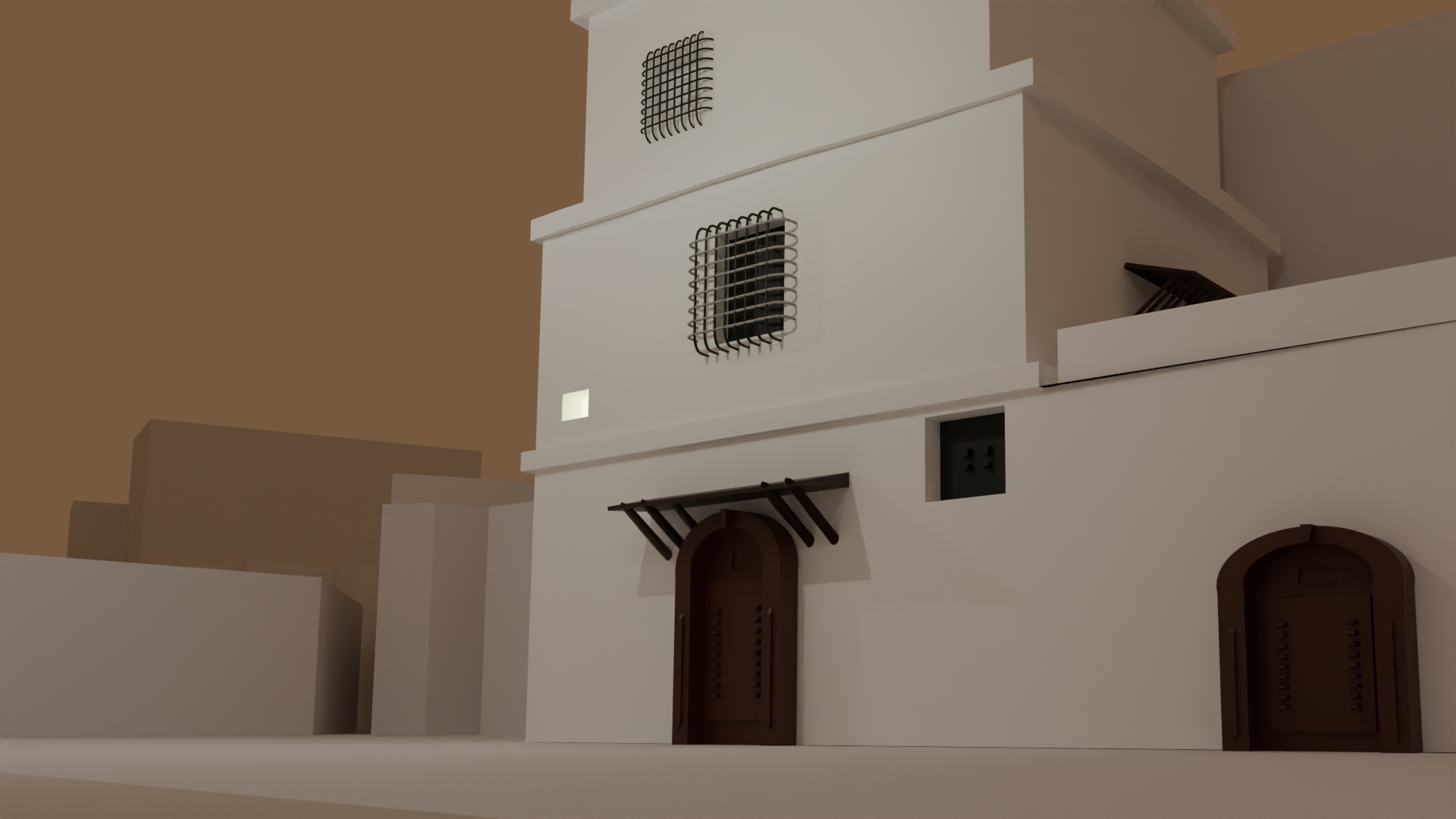
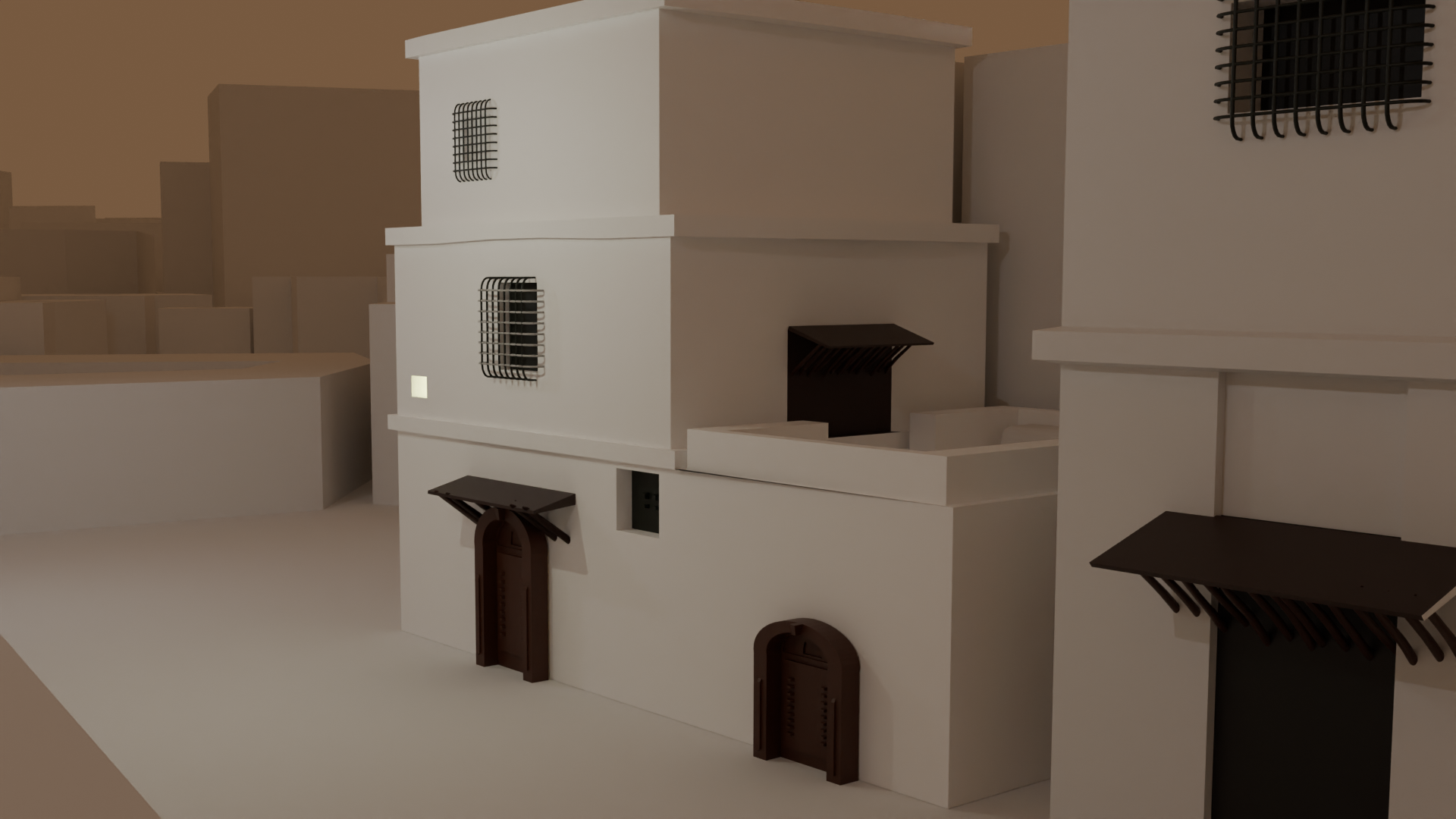
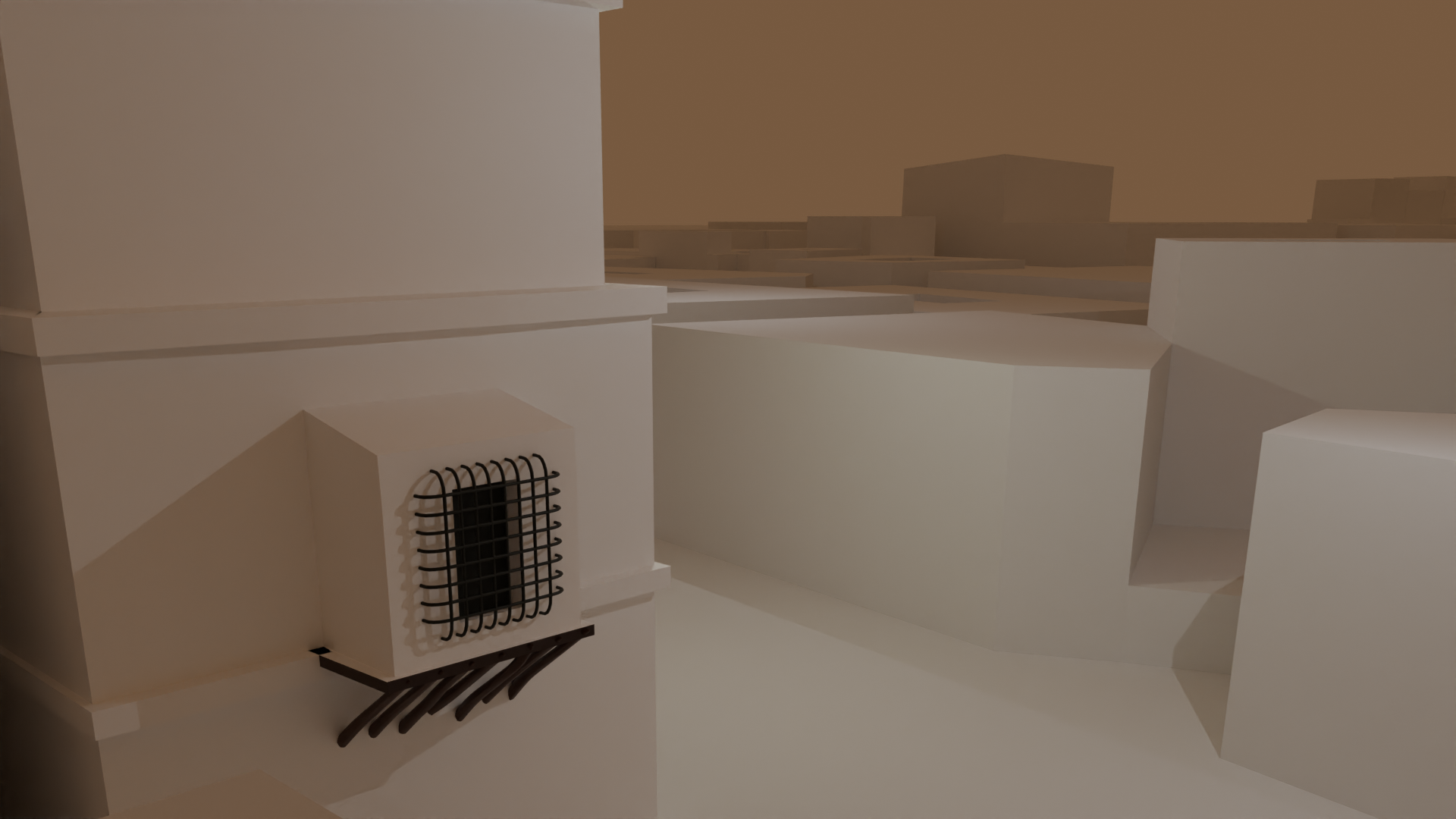
Navigation
What kind of navigation we want to provide the players with?